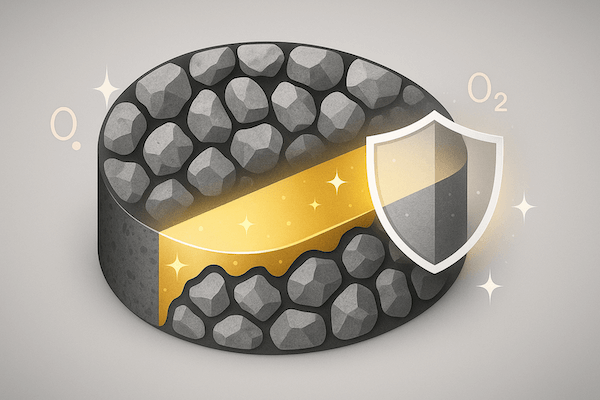
En el mundo de los materiales avanzados, el aglutinante es uno de los componentes más críticos en la producción de herramientas de carburo de tungsteno (WC). Si bien el carburo de tungsteno es conocido por su excepcional dureza y resistencia al desgaste, es el aglutinante el que confiere a estas herramientas su... tenacidad, durabilidad e integridad estructural. Este artículo explora qué es el material aglutinante, cómo funciona y por qué es esencial en las herramientas de carburo cementado.
¿Qué es el material aglutinante?
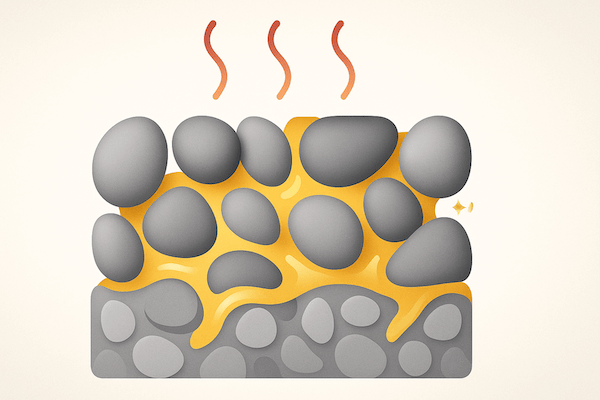
El material aglutinante se refiere a la fase metálica, generalmente cobalto (Co) o níquel (Ni), utilizada para unir los granos de carburo de tungsteno (WC) durante Sinterización. Mientras que WC proporciona extremo dureza y resistencia a la abrasión, el aglutinante actúa como el “pegamento” que mantiene unidos los granos y añade dureza al compuesto.
Sin el aglutinante, el carburo de tungsteno sería demasiado frágil para aplicaciones prácticas, especialmente bajo impacto o estrés mecánico.
Función del material aglutinante en el carburo de tungsteno
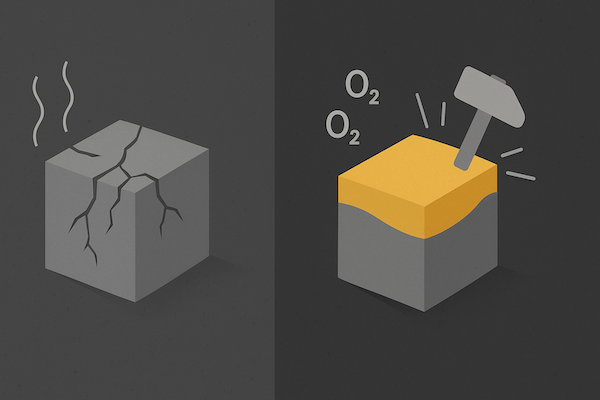
1. Dureza y resistencia al impacto
El carburo de tungsteno es extremadamente duro, pero frágil. El aglutinante proporciona ductilidad y tenacidad a la fractura, lo que permite que la herramienta absorba cargas de impacto sin agrietarse ni astillarse.
2. Sinterización y densificación
Durante el proceso de sinterización, el aglutinante se funde (mientras que el WC permanece sólido) y se infiltra en el polvo compactado, lo que permite la unión grano a grano y la eliminación de la porosidad. Esto es clave para lograr una alta densidad y resistencia en el producto final.
3. Rendimiento térmico y químico
La elección del aglutinante afecta la resistencia de la herramienta al calor y la corrosión. Por ejemplo:
El cobalto ofrece buena tenacidad y resistencia al desgaste pero puede oxidarse a altas temperaturas.
El níquel proporciona una mejor Resistencia a la corrosión, lo que lo hace adecuado para productos químicos y petróleo y gas entornos.
Tipos comunes de materiales aglutinantes
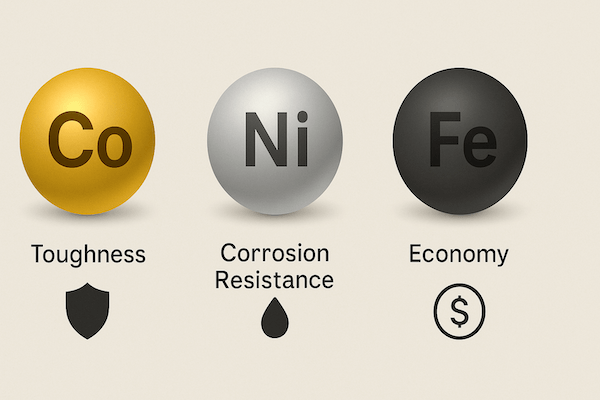
| Tipo de carpeta | Características | Aplicaciones |
|---|---|---|
| Cobalto (Co) | Alta tenacidad, excelentes propiedades de sinterización. | Mecanizado general, minería, Herramientas de corte |
| Níquel (Ni) | Mejor resistencia a la corrosión, menor resistencia que el Co | Petróleo y gas, procesamiento químico |
| Hierro (Fe) (menos común) | Económico, utilizado en mezclas específicas. | Aplicaciones limitadas |
En algunos grados avanzados, se agregan modificadores de la fase aglutinante como Cr₃C₂, VC o TaC a:
Refinar tamaño de grano
Mejorar resistencia a la oxidación
Inhibir el crecimiento de fase durante la sinterización
Cómo afecta el contenido del aglutinante a las propiedades de la herramienta
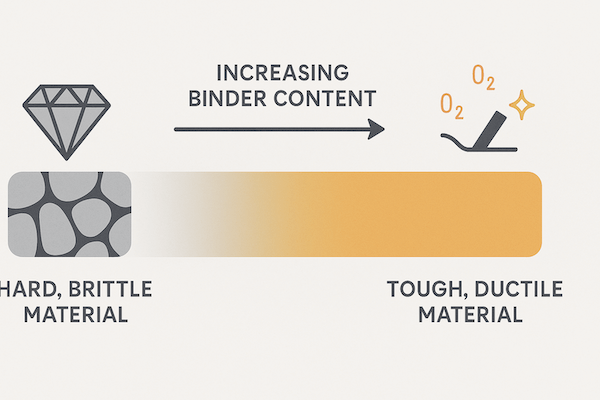
El contenido de aglutinante, que suele oscilar entre 4% y 25% en peso, afecta significativamente el rendimiento de la herramienta:
Menor contenido de aglutinante (4–10%) → Mayor dureza, mejor resistencia al desgaste, menor tenacidad
Mayor contenido de aglutinante (15–25%) → Mayor tenacidad, adecuado para aplicaciones de alto impacto
Por lo tanto, la proporción de aglutinante se selecciona cuidadosamente en función del uso previsto de la herramienta. Las herramientas de corte requieren mayor dureza, mientras que las herramientas de perforación o minería pueden priorizar la tenacidad.
Innovaciones en la tecnología de aglutinantes
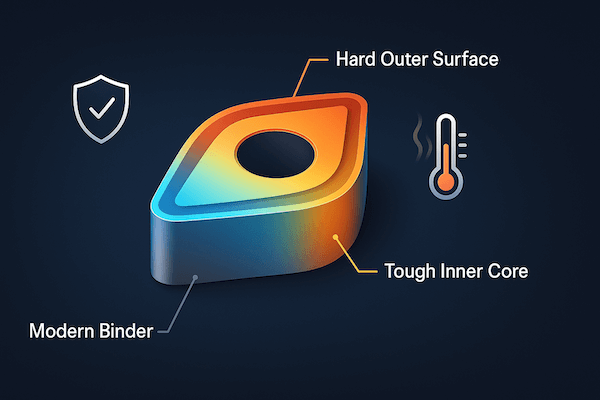
Con la creciente demanda de rendimiento en entornos extremos, fabricantes de herramientas de carburo Se están desarrollando nuevos sistemas aglutinantes como:
WC sin aglutinante (ultraduro, sin aglutinante metálico)
Aglutinantes de aleación de Co-Ni-Cr para una mayor resistencia a la oxidación
Distribución de aglutinante en gradiente para crear núcleos resistentes y superficies duras en una sola pieza
Estas innovaciones ayudan a abordar desafíos modernos como el mecanizado de alta velocidad, la fatiga térmica y la corrosión ambiental.
Conclusión
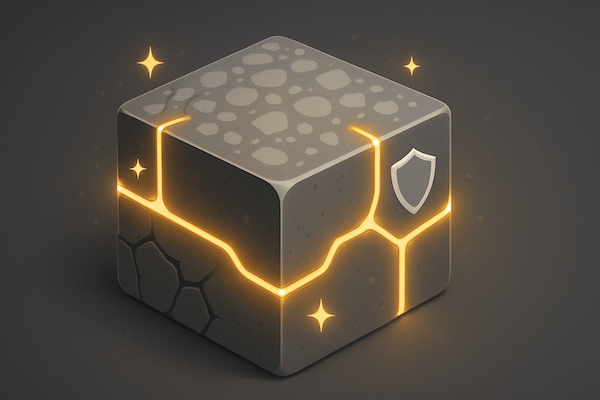
El material aglutinante es el héroe anónimo detrás del éxito de herramientas de carburo de tungstenoAl equilibrar la dureza con la tenacidad y permitir estructuras sinterizadas resistentes, transforma el frágil carburo de tungsteno en un material versátil y de alto rendimiento para herramientas. A medida que la tecnología de aglutinantes evoluciona, también lo hace la capacidad del carburo cementado para aplicaciones exigentes en minería, mecanizado, industria aeroespacial, etc.
